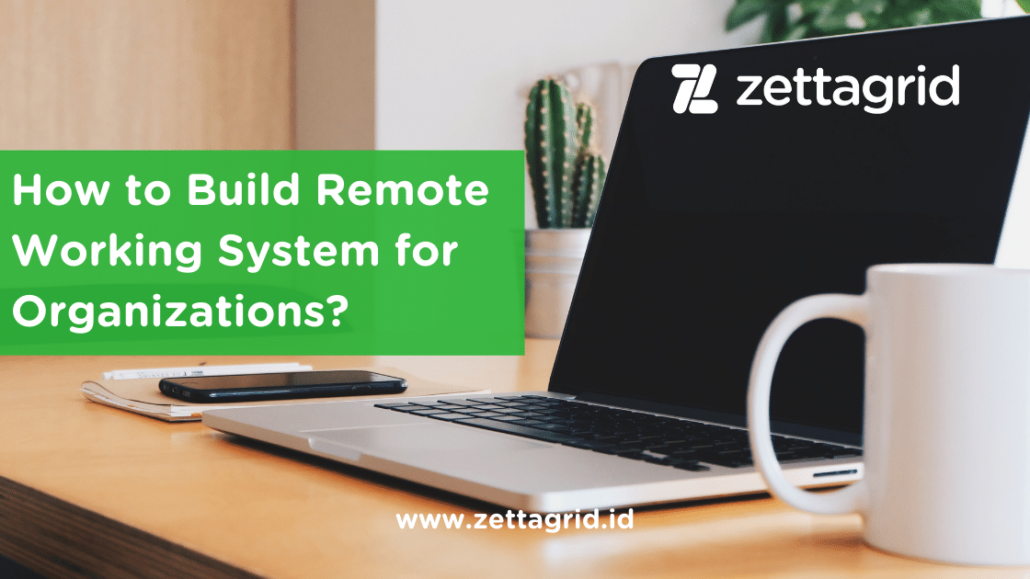How to Build Remote Working System for Organizations?

How to Build Remote Working System for Organizations
As the pandemic COVID-19 spread all over the world, it’s certainly been an unexpected situation for many sectors of industries. With the emergency that happened, all the sectors including businesses are now requiring their employees to start working from home (WFH). For the majority of organizations globally, this is a temporary situation. However, for some, this shift would become long-term.
According to Gartner’s survey, 74% of CFO’s are considering remote work permanently for a high percentage of their employees after COVID-19. The survey is revealed following with the opportunity of the cost benefits of remote workforces that CFOs got. However, building a remote working culture bring challenges for some organizations, especially in communication and collaborations system. Then, how organizations enable a proper remote working system?
1. Maintaining collaboration
Many organizations were not prepared for remote working systems, therefore a solution is needed to implement process changes and upgrade systems to accommodate a remote workforce. However, a remote workforce can not succeed if the strategies were only prepared for the short-term. Thus, to achieve long-term success, organizations need to take the advantage of better communication and collaboration across the management.
Cloud Computing can be a solution for that. Because by offering its virtual environment and its flexibility, organizations can experience collaborative working anywhere, anytime, and with any devices as long as it is connected to the internet. Furthermore, this technology also has layered firewalls, so organizations don’t need to be questioned more about its security.
2. Combine the right tools and processes into the system
Having the right tools and technologies is a great start, however, it wouldn’t be enough for the organizations if there are no proper processes and how-to-use the tools to be delivered to the employees. Try to communicate it clearly with the employees, so they would know what they need to use, how to use it, and why they need to use it, as well as how to get help when needed.
3. Establish a Backup system
According to Harnas.co, the pandemic COVID-19 that spread all over the world including Indonesia has become an opportunity for hackers. It happens not only because people’s activity on the internet has increased, but it is also caused by many organizations that implementing a remote working system don’t have a proper security system.
If your organization implementing a remote working culture, you might don’t want this cyber attack case to be happened to the organization, right? Don’t worry! to mitigate the risk of a cyberattack, organization can establish a Backup system as the solution. With Backup, data and applications can be replicate to the cloud and will be restored to the on-premise again if the organization having data loss caused by cyber-attacks or human errors. Thus, organizations still could implement remote working culture without any worries.
Zettagrid Indonesia is an Indonesian cloud service provider that offers Infrastructure as a Service (IaaS) solutions such as Backup as a Service (BaaS), Virtual Server, Virtual Datacenter, and Disaster Recovery as a Service (DRaaS). Zettagrid Indonesia is also VMware’s Cloud Verified Partner and has data center locations in Jakarta and Cibitung. We are committed to being closer to you and ready to help you 24/7.
If you have any further questions about the cloud, you can contact us here or through our team at sales@zettagrid.id.


